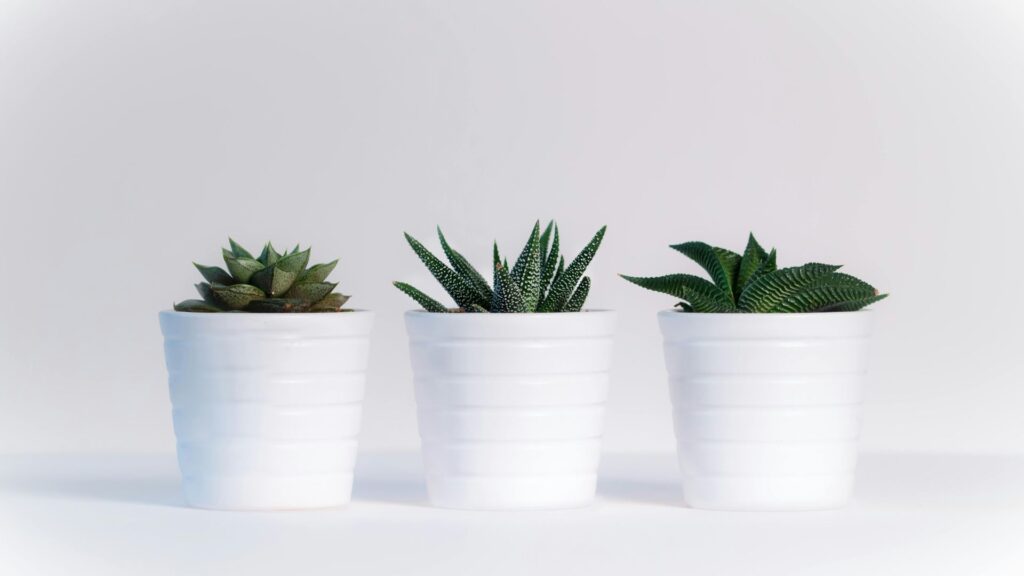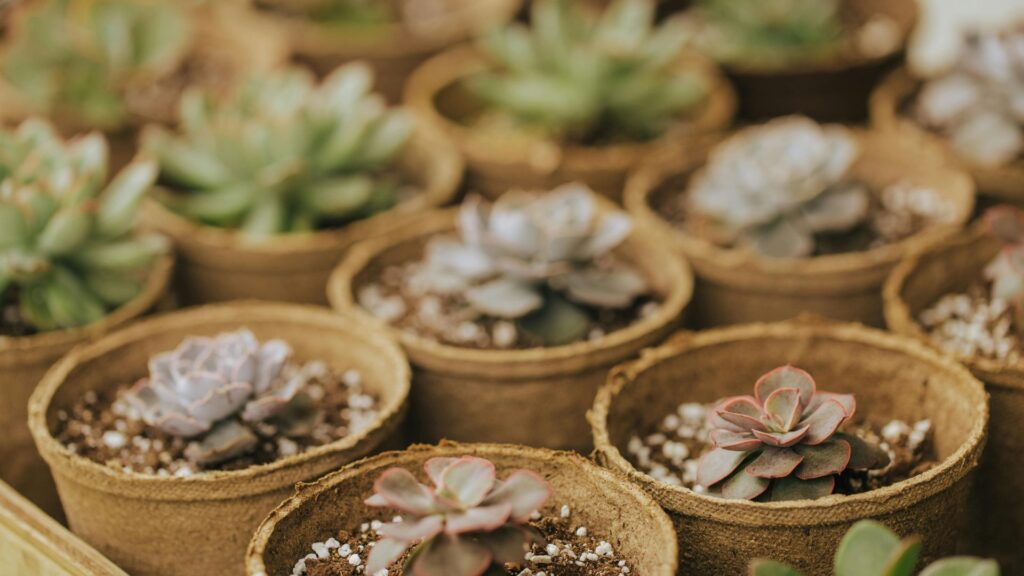Indoor house plants bring life and aesthetics to any space, but to keep them healthy, the use of fertilizers is important. Fertilizers provide important nutrients that plants need to grow strong.
However, not all fertilizers are equal. So, I will tell you about the best fertilizers for indoor plants and how to use them properly.
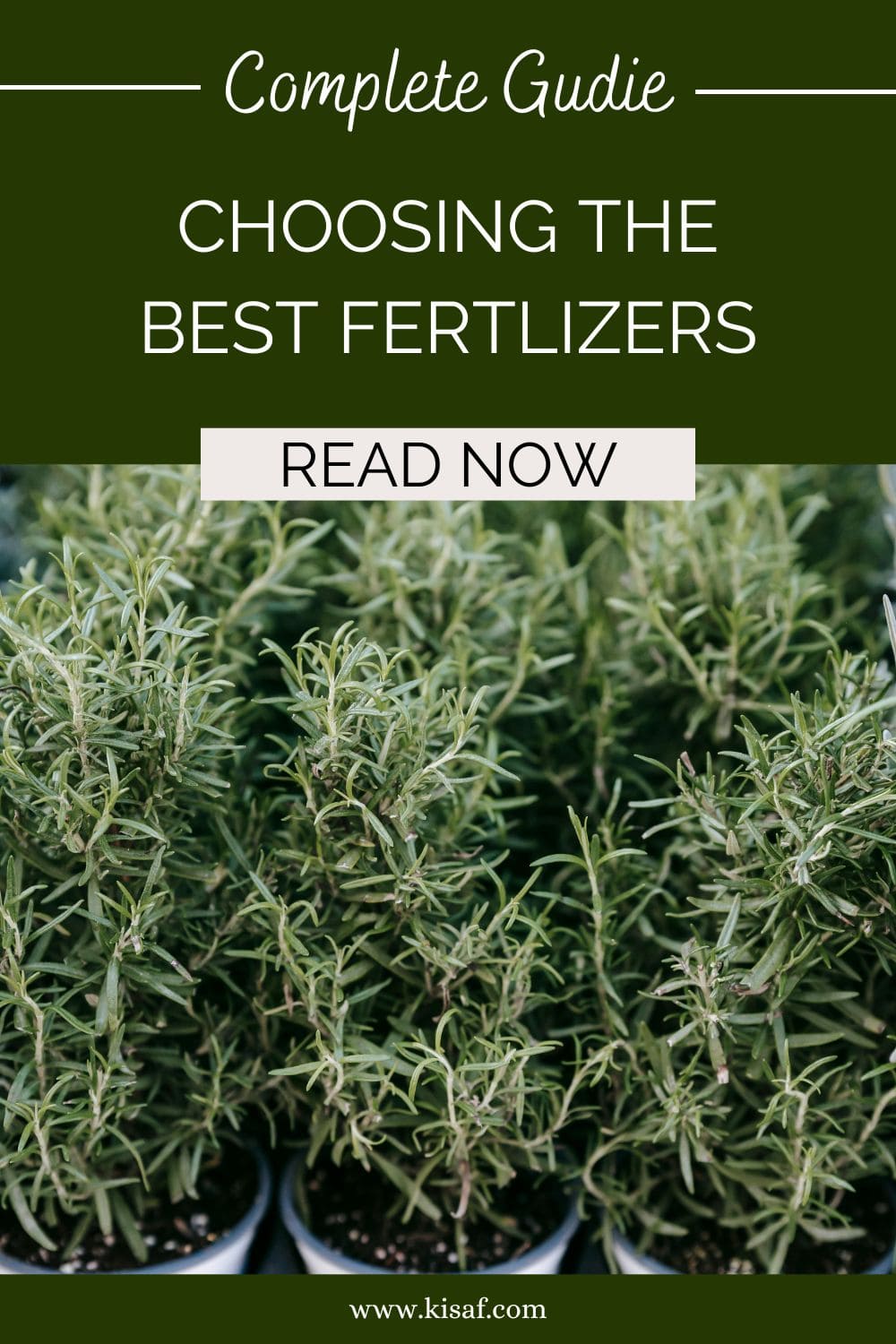
Do You Understand Plant Nutrients?
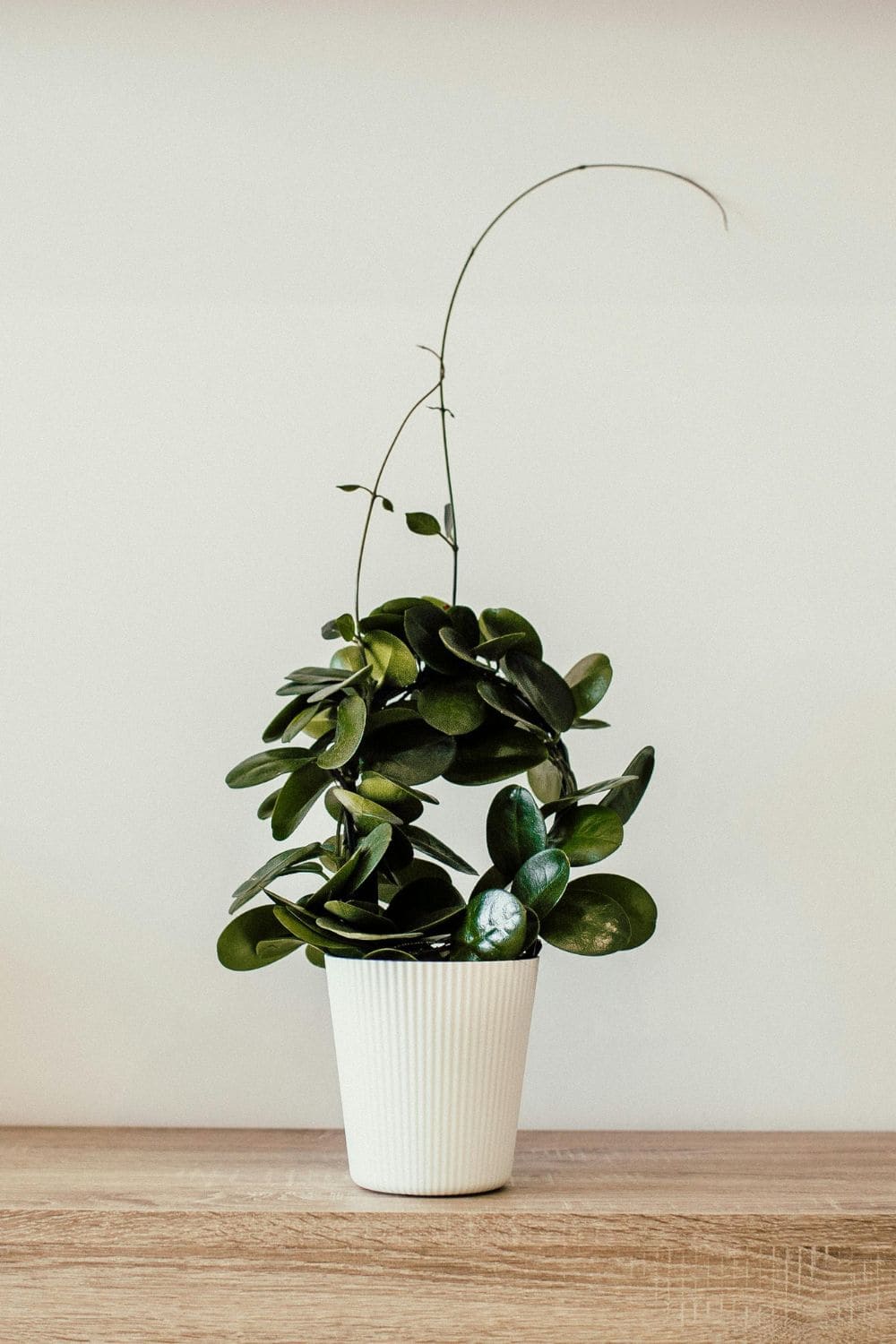
Before you choose the best fertilizer for indoor plants, you should know what is in it and whether it can fulfill your plant’s needs.
So, in short, plants need three primary nutrients: nitrogen (N), phosphorus (P), and potassium (K). These are often referred to as N-P-K on fertilizer packages.
1. Nitrogen (N)
Nitrogen is a major component of chlorophyll, chlorophyll makes a plant green, and helps in the absorption of sunlight, which is the main source of energy for a plant. Plants that lack nitrogen will have yellow leaves.
2. Phosphorus (P)
Phosphorus is mainly used to store and convert the sun’s energy into biomolecules, it supports root development and flower production. A deficiency in phosphorus can result in poor flowering and weak roots.
3. Potassium (K)
Potassium helps in regulation the exchange of carbon dioxide and oxygen from the atmosphere, it also helps with overall plant function and disease resistance. Plants low in potassium might have weak stems and poor resistance to pests.
What Are Some Types of Fertilizers?
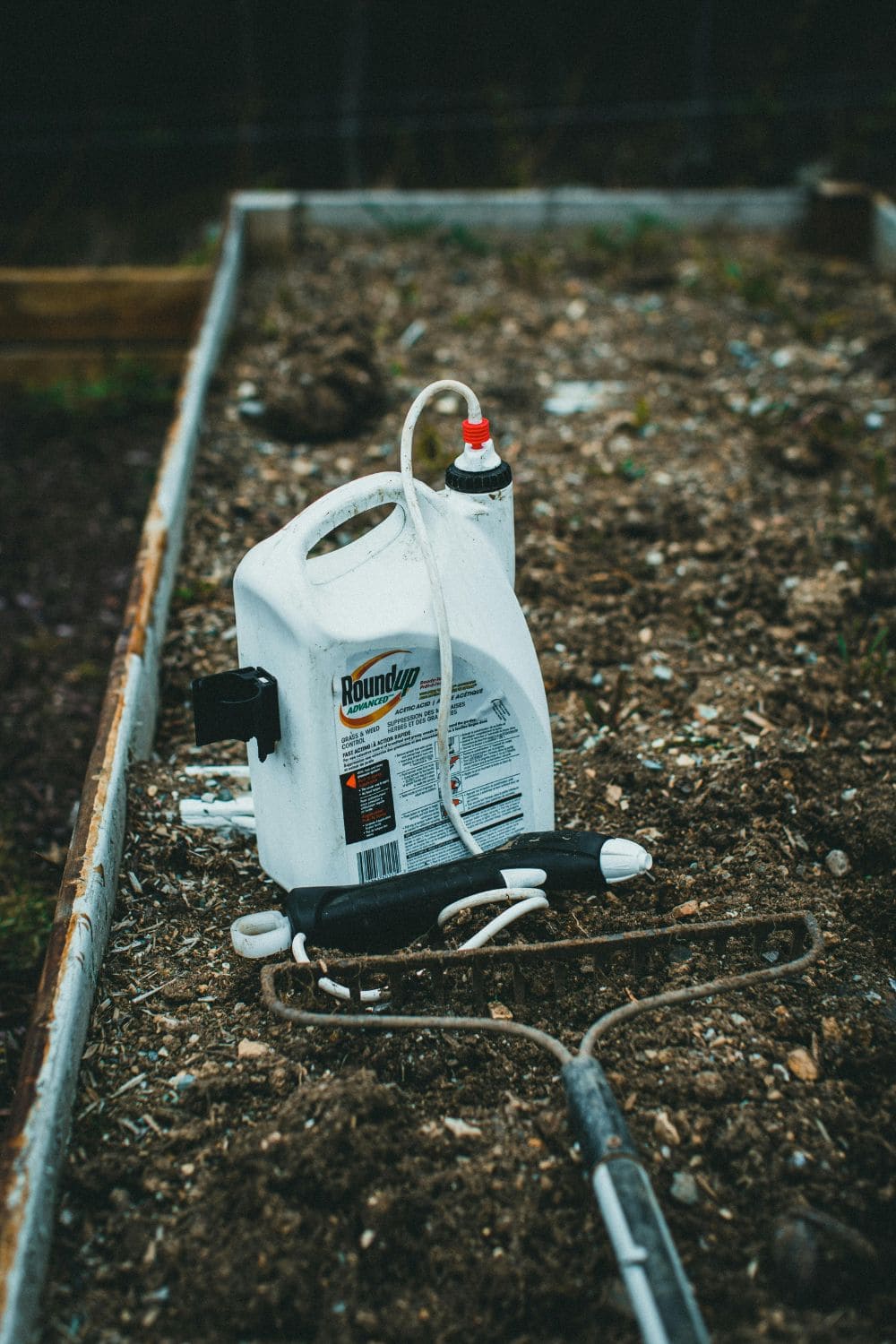
Choosing the right type of fertilizer depends on your plant’s needs and your preferences. There are several options, but you should focus on these three.
1. Liquid Fertilizers
Because, as the name suggests, these plant fertilizers are in liquid form, they’re easy to apply and are quickly absorbed by plants.
They are mixed with water and applied during regular watering. This type is ideal for quick nutrient delivery.
Pros✅
- Fast-acting
- Easy to adjust concentration.
- Suitable for most houseplants.
Cons❌
- Needs frequent application.
- Risk of over-fertilization.
2. Slow-Release Fertilizers
Slow-release fertilizers slowly release their nutrients into the soil. They come in granules, spikes, capsules, etc.
This type provides a steady supply of nutrients without frequent applications.
Pros✅
- Long-lasting.
- Reduces risk of over-fertilization.
- Convenient.
Cons❌
- Less control over nutrient release.
- Can be expensive.
3. Organic Fertilizers
Organic fertilizers are made from natural materials. They improve soil health and provide many nutrients. Common examples are compost, worm castings, and fish emulsion.
Pros✅
- Environmentally friendly.
- Enhances soil structure.
- Less likely to burn plants.
Cons❌
- Slower nutrient release.
- May have a strong odor.
Best Fertilizers for Indoor Plants
With so many options, choosing the right fertilizer can be daunting. Here are some top picks for various indoor plants:
1. All-Purpose Fertilizer

Miracle-Gro is a well-known brand that offers a reliable all-purpose liquid fertilizer. It’s quite easy to use and effective for all kinds of houseplants.
This fertilizer provides an instant boost of nutrients, ensuring lush foliage and vibrant blooms.
Pros✅
- Quick results.
- Easy application.
- Widely available.
Cons❌
- Needs regular application.
- Potential for over-fertilization.
2. For Flowering Plants

For flowering plants consider Jobe’s Organics Flower & Rose Granular Fertilizer. This organic granular fertilizer is perfect for flowering plants.
It contains Biozome, a unique blend of beneficial microorganisms that improve soil health and boost plant growth. It’s quite good for roses and other blooming plants.
Pros✅
- Organic.
- Promotes blooms.
- Improves soil quality.
Cons❌
- Slower nutrient release.
- Granules may attract pests.
3. For Leafy Plants

For leafy plants, Dyna-Gro Grow (7-9-5), is a balanced liquid fertilizer that is suitable for leafy houseplants like palms.
It provides all the important nutrients, including many micronutrients. This fertilizer promotes green growth and overall plant vigor.
Pros✅
- Comprehensive nutrient profile.
- Easy to use.
- Suitable for many plants.
Cons❌
- Higher cost.
- Requires frequent application.
4. For Succulents and Cacti
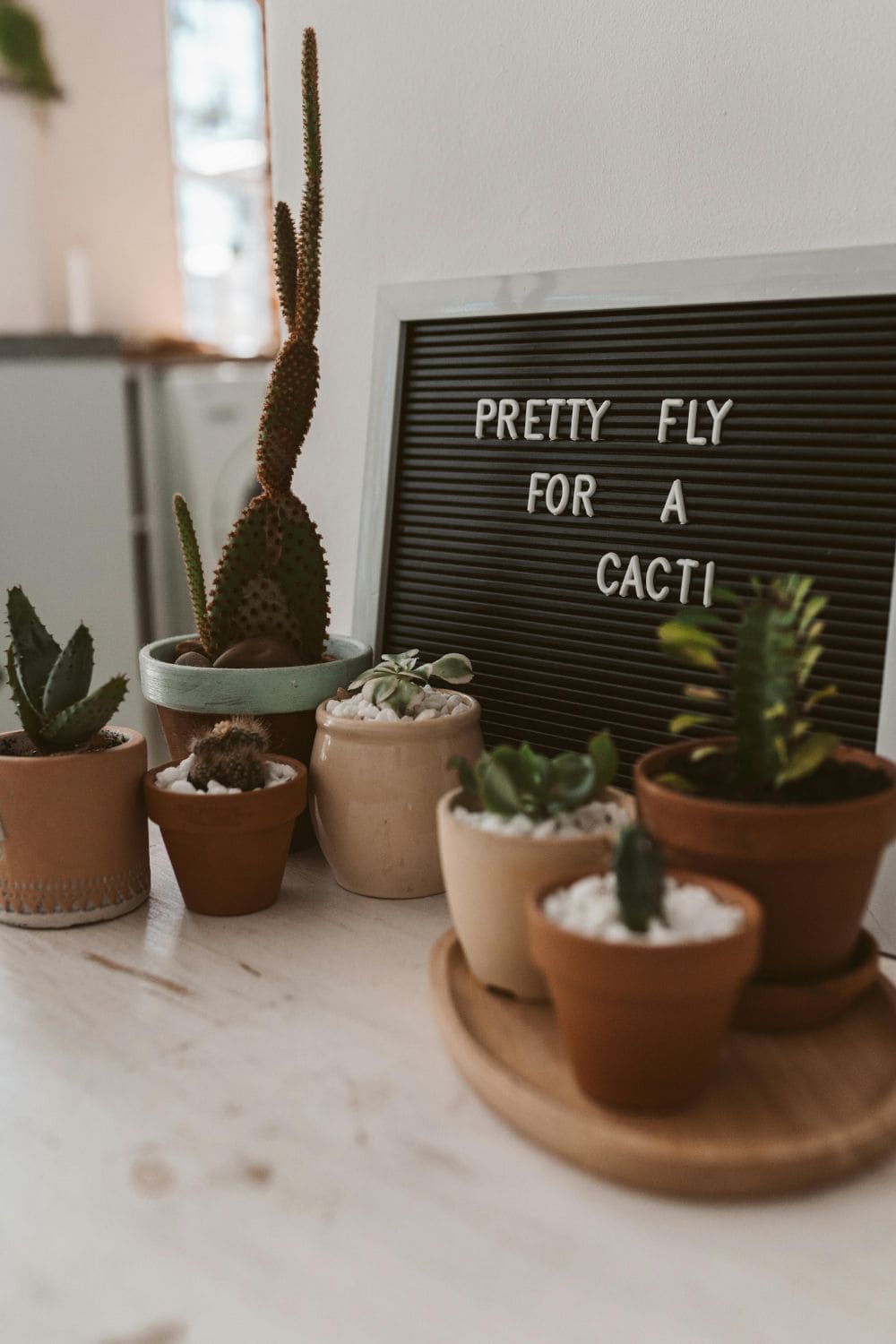
Schultz Cactus Plus (2-7-7) is made especially for succulents and cacti. It has a higher amount of phosphorus, which is great for these types of plants.
This fertilizer supports strong roots and healthy growth without over-watering.
Related: Care Guide For Succulents Indoors
Pros✅
- Tailored for cacti and succulents.
- Easy to apply.
- Encourages strong root development.
Cons❌
- May not be suitable for other plant types.
- Requires precise application to avoid over-fertilization.
5. For Orchids

Better-Gro Orchid Plus Bloom Booster is made especially for orchids. It contains a high level of phosphorus to encourage beautiful blooms.
This fertilizer is water-soluble so, it’s easy to use and ensures your orchids stay vibrant and healthy.
Pros✅
- Boosts flower production.
- Easy to mix and apply.
- Formulated for orchids.
Cons❌
- Specific to orchids.
- Regular use needed.
How to Fertilize Indoor Plants
Proper fertilization is the most important thing for a healthy plant. So, follow these steps before fertilizing any plant:
- Read the Label: Always follow the instructions on the fertilizer package. Over-fertilizing will definetly harm your plants.
- Dilute Properly: If using liquid fertilizer, dilute it according to the instructions. A concentrated solution might burn the roots
- Timing: Fertilize during the growing season, usually spring and summer. Most plants don’t need fertilizer in winter.
- Apply Evenly: Apply the fertilizer evenly around the base of the plant. Avoid getting it on the leaves.
- Water Thoroughly: After applying fertilizer, water the plant thoroughly to help distribute the nutrients.
Conclusion
So, these were some of the best fertilizers for indoor plants. Now, just remember fertilizing your indoor house plants is a simple yet important part of indoor plant care.
By understanding your plants’ needs and choosing the right fertilizer, you can ensure they are healthy and green.
Remember to follow the instructions, avoid common mistakes, and enjoy the lush, vibrant growth of your indoor garden.

